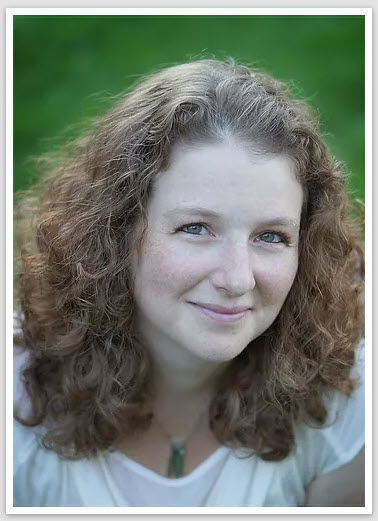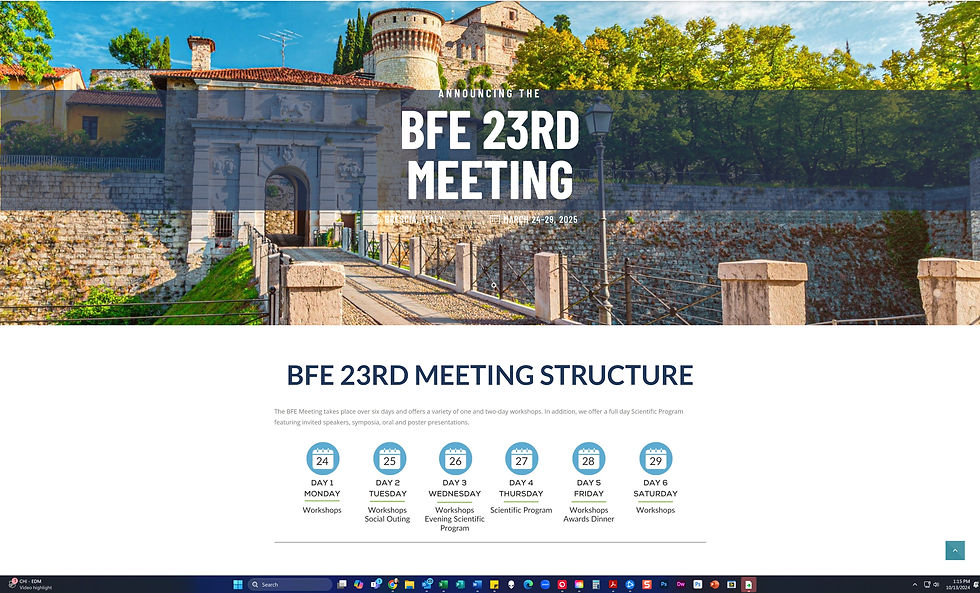5-Min Science: Home-Based tDCS for Depression
- BioSource Faculty
- Nov 13, 2024
- 5 min read
Updated: Nov 17, 2024

Woodham and colleagues (2024) conducted a fully remote phase 2 randomized, sham-controlled trial, assessed the efficacy and safety of home-based transcranial direct current stimulation (tDCS) for major depressive disorder (MDD).
tDCS Overview
tDCS is a non-invasive brain stimulation where a low electrical current (usually between 0.5–2 mA) is applied to the scalp through electrodes. The purpose of tDCS is to modulate (or change) the activity of specific brain regions, depending on where the electrodes are placed and the current direction.
Unlike more intense electrical stimulation techniques, tDCS doesn’t directly cause neurons to fire, but it changes the likelihood that neurons in the targeted area will fire in response to natural brain activity. This approach is less intense than techniques like transcranial magnetic stimulation (TMS), making it more comfortable and adaptable to different environments, including at-home settings.
In tDCS, two electrodes are placed on the scalp—typically an anode (positive electrode) and a cathode (negative electrode). The anode is positioned over the area of the brain to be stimulated, such as the left dorsolateral prefrontal cortex (DLPFC) in this study. The DLPFC is associated with mood regulation, decision-making, and self-control, and it's often implicated in major depressive disorder (MDD). Album / Science Source / DNA ILLUSTRATIONS.

When the current flows from the anode to the cathode, it causes neurons under the anode to become slightly more likely to activate. This increase in excitability is because the current makes the resting membrane potential of neurons closer to the threshold for firing. On the other hand, the cathode generally reduces the likelihood of neurons firing, which may help balance brain activity.
Study Rationale
Researchers aimed to determine whether 10-week home-based tDCS could significantly improve depressive symptoms compared to a sham intervention.
Participants
The study enrolled 174 participants aged 18 and older diagnosed with MDD, characterized by moderate to severe symptoms based on the Hamilton Depression Rating Scale (HDRS) scores. Participants were from the UK and the USA, recruited from local institutions, and included those either treatment-free, on stable antidepressant medication, or receiving psychotherapy for at least six weeks prior to enrollment. The sample consisted of 120 women and 54 men.
Method
Participants were randomly assigned to active or sham tDCS groups, both receiving five sessions per week for three weeks, followed by three sessions per week for seven weeks. The active tDCS applied a 2 mA current to the left dorsolateral prefrontal cortex (DLPFC) with the anode placed over the left DLPFC and cathode over the right DLPFC, while the sham tDCS used a 0 mA current. Each session lasted 30 minutes, conducted under remote supervision.
Results
The primary outcome indicated significant improvement in the active group, with an average HDRS score reduction of 9.41 points compared to a 7.14-point reduction in the sham group.
The clinical response and remission rates in the active tDCS treatment group were statistically significant compared to the sham group. The active treatment group achieved a clinical response rate of 58.3%, compared to 37.8% in the sham group (p = 0.017). Similarly, the remission rate in the active group was 44.9%, compared to 21.8% in the sham group (p = 0.004).
The effect sizes for these outcomes were measured using odds ratios (OR) and Cohen's d. The OR for clinical response in the active group was 2.31, meaning participants in the active group were more than twice as likely to respond to treatment compared to those in the sham group. For remission, the OR was 2.93, indicating that participants in the active group were nearly three times as likely to achieve remission compared to the sham group. Additionally, for the primary outcome of HDRS score reduction, Cohen's d was 0.37, reflecting a small-to-moderate effect size favoring the active tDCS treatment group.
Implications
This study highlights the potential of home-based tDCS as a practical and effective treatment for MDD, especially beneficial given the limitations and non-responsiveness often associated with conventional treatments. The results support the scalability of home-based tDCS in mental health care with the added benefit of patient accessibility, especially when integrated with real-time remote supervision.
Study Limitations
Despite the promising results, the study faced several limitations. The absence of quality control over device positioning, which could impact electric field intensity and thus treatment outcomes, may have led to variability in effects. Furthermore, the high female representation may limit the generalizability across sexes, and a lack of ethnic diversity may reduce relevance for broader populations.
Summary
This trial provided evidence that home-based tDCS, with remote supervision, is a viable and safe intervention for reducing depressive symptoms in MDD. The findings suggest that this treatment modality offers an accessible and effective alternative or adjunct to existing therapies, warranting further research on its long-term efficacy and applicability across diverse populations.
Open Access Article
Woodham, R., Selvaraj, S., Lajmi, N., Hobday, H., Sheehan, G., Ghazi-Noori, A., Lagerberg, P., Rizvi, M., Kwon, S. S., Orhii, P., Maislin, D., Hernandez, L., Machado-Vieira, R., Soares, J. C., Young, A. H. and Fu, C. (2024). Home-based transcranial direct current stimulation treatment for major depressive disorder: A fully remote phase 2 randomized sham-controlled trial. Nature Medicine.
Glossary
anode: the positively charged electrode in an electrical circuit, used here to increase cortical excitability.
cathode: the negatively charged electrode, used here to decrease cortical excitability.
Cohen's d: a measure of effect size used to indicate the standardized difference between two groups. Specifically, it is the difference in means between the groups, divided by the pooled standard deviation. This calculation produces a value that reflects the magnitude of an effect, allowing researchers to understand how big the effect is, regardless of sample size.
dorsolateral prefrontal cortex (DLPFC): a brain region involved in mood regulation and targeted in tDCS for its role in MDD.
Hamilton Depression Rating Scale (HDRS): a clinician-administered scale that assesses depression severity.
major depressive disorder (MDD): a mood disorder characterized by persistent feelings of sadness and loss of interest, with various cognitive and physical symptoms.
odd's ratio (OR): a measure of effect size, often used in studies with binary outcomes (e.g., "improved" vs. "not improved"). It compares the odds of an outcome occurring in one group to the odds of it occurring in another group. An OR of 1.0 indicates no difference between groups, as the odds are the same. If the OR is greater than 1, the outcome is more likely in the first group; if less than 1, it’s less likely
sham control: a placebo version of the intervention, where no active stimulation is applied, used to control for placebo effects.
transcranial direct current stimulation (tDCS): a non-invasive brain stimulation technique that applies a low electric current through electrodes on the scalp to modulate brain activity.
Support Our Friends

Dr. Inna Khazan's BCIA Introduction to biofeedback workshop will be offered in two parts this year.
Part 1 is entirely virtual, consisting of 20 hours (over 5 days) of live online instruction, home-study materials distributed prior to the live workshop, and written instructions for practical lab work to be completed during the week of the workshop or after its completion. Part 1 fulfills BCIA requirements for introduction to biofeedback didactic. Part 1 will take place on Zoom, November 4 - 8, 2024, 12 - 4pm EDT. Tuition is $1395.
Part 2 is optional, and consists of 14 hours (over 2 days) of in-person hands-on practical training using state-of-the-art equipment, designed to help participants be better prepared to start working with clients. Part 2 will take place in Boston on November 11 & 12, 2024, 9am-5pm EDT. Tuition is $395. (Please note that an Introduction to Biofeedback didactic (taken at any previous time, anywhere) is a pre-requisite to the hands-on training).







Comments